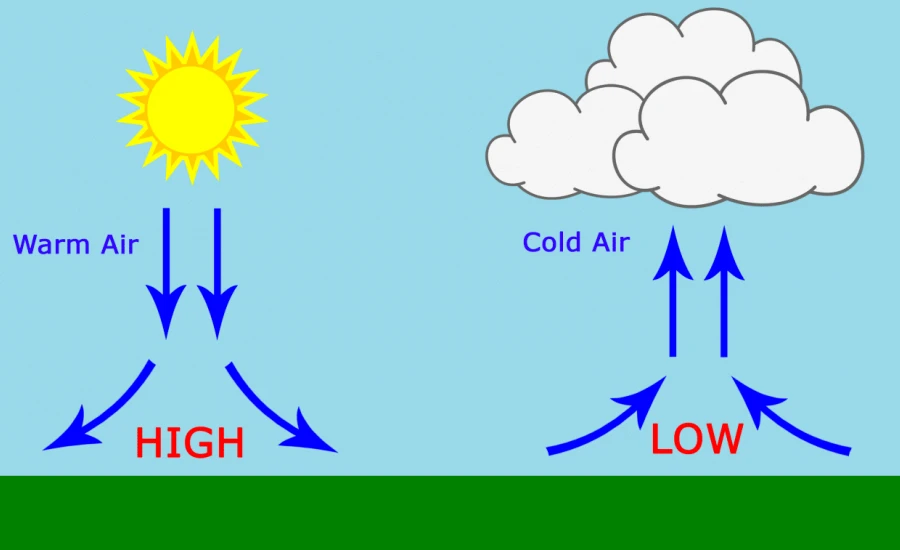
# Ambient Pressure Definition and Its Significance in Science
## What Is Ambient Pressure?
Ambient pressure refers to the pressure of the surrounding environment at any given location. It is the force exerted by the weight of the atmosphere above a specific point, typically measured in units such as pascals (Pa), atmospheres (atm), or pounds per square inch (psi). At sea level, the standard ambient pressure is approximately 1 atm, which equals 101,325 Pa or 14.7 psi.
## How Ambient Pressure Varies
Ambient pressure is not constant and can change based on several factors:
– Altitude: Pressure decreases as elevation increases due to less atmospheric mass above.
– Weather systems: High and low-pressure systems affect local ambient pressure.
– Depth underwater: Pressure increases by about 1 atm for every 10 meters of depth.
## Measurement of Ambient Pressure
Scientists and engineers use various instruments to measure ambient pressure:
– Barometers: Measure atmospheric pressure
– Manometers: Compare pressures in closed systems to ambient
– Pressure transducers: Convert pressure to electrical signals
## Scientific and Practical Applications
Understanding ambient pressure is crucial in numerous fields:
### Meteorology
Atmospheric pressure variations help predict weather patterns and storm development.
### Aviation
Pilots must account for pressure changes at different altitudes for safe flight operations.
### Engineering
Pressure differentials affect design considerations for structures, vehicles, and equipment.
### Human Physiology
The body adapts to pressure changes during activities like scuba diving or mountain climbing.
## The Importance of Standard Reference Points
Scientists often use standard reference pressures:
– Standard atmospheric pressure (1 atm)
– STP (Standard Temperature and Pressure)
– NTP (Normal Temperature and Pressure)
These references allow for consistent measurements and comparisons across different locations and experiments.
## Conclusion
Ambient pressure is a fundamental concept that affects numerous aspects of our physical world and technological applications. From weather forecasting to deep-sea exploration, understanding pressure variations helps scientists and engineers solve complex problems and develop innovative solutions.
Keyword: ambient pressure definition
